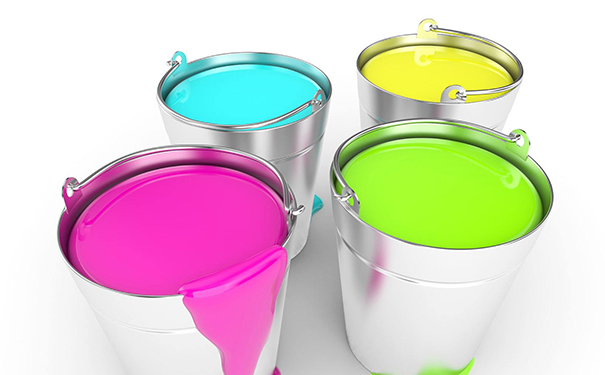First of all, water-based industrial paint dispersant is a key additive, which is widely used in various coating products. It plays a vital role in adjusting the viscosity, stability and coating performance of the paint, and plays an indispensable role …
Read More










